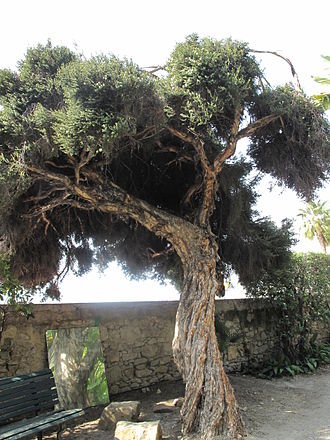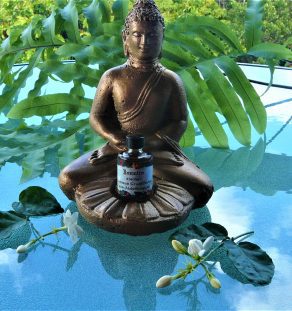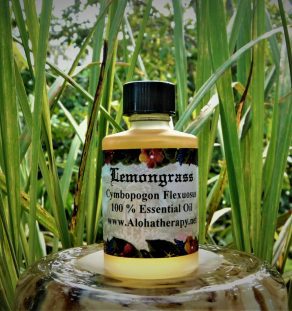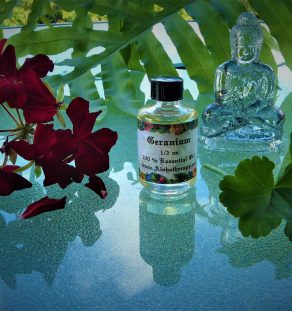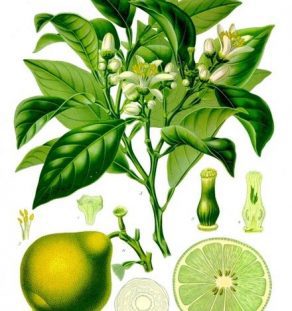Description
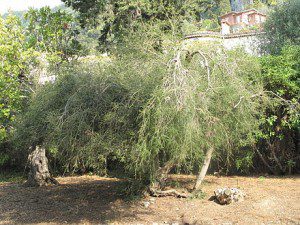 Tea Tree, also called melaleuca, is a small tree belonging to the myrtle family with needle-like leaves and is native to Australia. It is also domestically referred to as Ti-tree. It can grow up to 20 feet in height. The foliage contains an abundance of aromatic essential oils which are used medicinally. The essential oil is obtained by steam distillation.
Tea Tree, also called melaleuca, is a small tree belonging to the myrtle family with needle-like leaves and is native to Australia. It is also domestically referred to as Ti-tree. It can grow up to 20 feet in height. The foliage contains an abundance of aromatic essential oils which are used medicinally. The essential oil is obtained by steam distillation.
Tea tree has a long history of traditional use. Australian aboriginals used tea tree leaves for healing skin cuts, burns, and infections by crushing the leaves and applying them to the affected area. Historically, the leaves were also used as a substitute for tea, which is how tea tree oil got its name.
The strong smell of tea tree oil naturally repels ants and other insects. It is commercially used in many insect repellant formulas.
In aromatherapy, tea tree oil is commonly applied for symptoms of colds, flu and sinusitis, especially when used in steam inhalation. Steam inhalation clears the congested nasal passages and kills bacteria. The antiviral qualities make it that much more effective.
Furthermore it is useful in the household when mold is a problem: Take a few drops of tea tree oil mixed with water, spray moldy areas, wipe them clean and protect in this way from unhealthy mold growth.
Use Tea Tree oil as disinfectant on toothbrushes. Tea Tree oil is also added to toothpastes to fight bacteria and gingivitis.
Caution: This oil may irritate your skin. Use it first mixed in a carrier oil, lotion or cream and test for allergic reactions. DON’T swallow or ingest tea tree oil. It may cause severe reactions. Tea tree oil may be toxic to pets if ingested.

